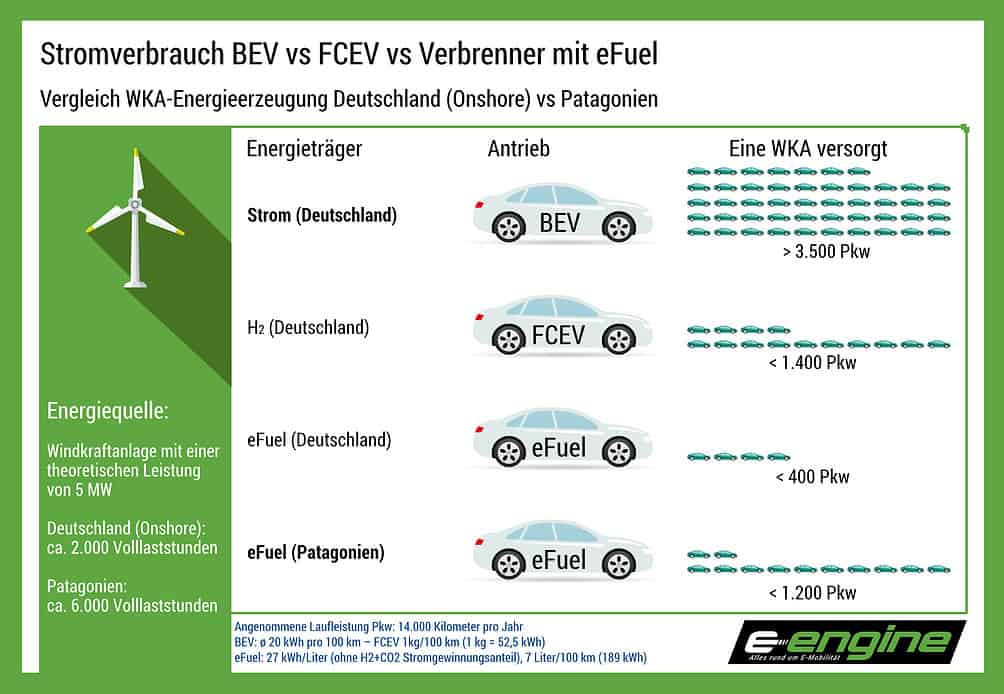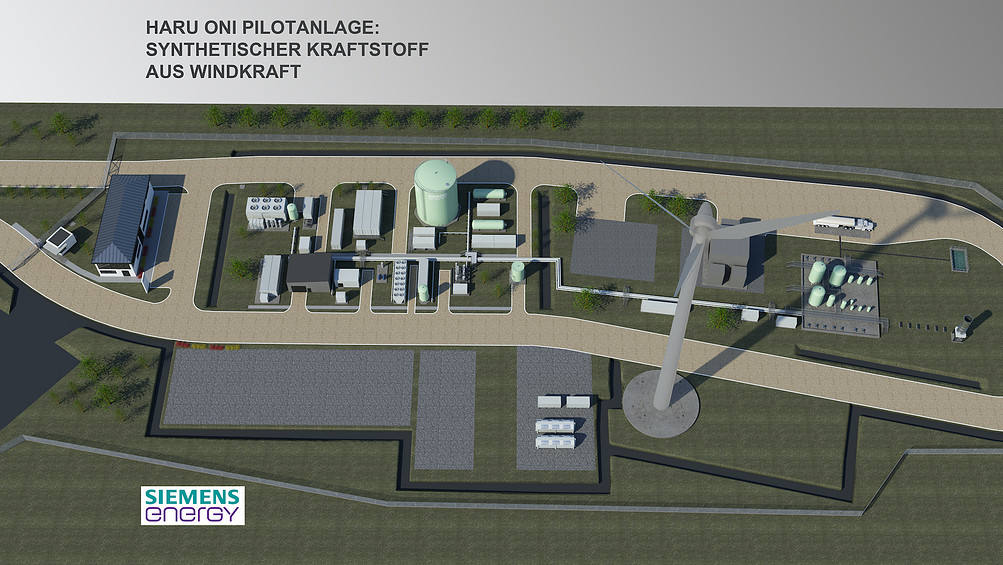
When I was a teenager (in the 1970s), my uncle had a Porsche 911 Targa. My grandfather used to cynically exclaim, “The Playboy is coming” when he came to visit every half a year. The car nevertheless became a dream car for me and many in our family. My father always said that a Porsche would make you unhappy. He didn’t mean that driving the car made him unhappy – he was referring to his honeymoon, which he had been able to take many years earlier in the Porsche 356 that my uncle was driving at the time. It was the fact that he had to give it back after the honeymoon that made him unhappy.
The Porsche 911 – from iconic sports car to environmental destruction icon
This describes very well how many people around the world feel about the Porsche 911 icon. Since the escalation of the climate crisis, this has changed in certain circles. The Porsche 911 has become the iconic environmental destroyer among car owners. That’s surprising because SUVs are actually much more effective in this game.
Porsche 911 and e-fuels
With the advent of e-fuels, the revulsion has actually increased. The Porsche bogeyman is now mentioned in the same breath as synthetic fuels, which would be effectively CO2-neutral. “Would be” if they were produced with renewable energies.

The catch: the energy input in Germany would be impossible to handle with renewables, and the cost of a liter of e-fuel would be equally “astronomical.” This prompts the eco-movement to devise a calculation all its own: E-fuels, they believe, are simply a waste for passenger cars. They are much more needed for shipping and air travel.
That’s right. Suppose you assume that the energy is produced in Europe, possibly even in low-wind areas like the foothills of the Alps. Logically, the energy expended is then also missing for households and industries. Because: on average, a wind power plant in Germany delivers just 2,000 hours of energy onshore per year (out of 8,760 hours).
Only about 400 vehicles could get 14,000 km annually from a wind turbine with a theoretical output of 5 MW. In comparison, 3,500 purely electric vehicles could already cover the same distance.
The opponents of e-fuels argue that this actually makes nonsense of the e-fuels idea. It could well be.
E-fuels not in Germany
Porsche is working with Siemens Energy on the Haru Oni project in Chile, where e-fuels will be produced from green hydrogen in windy Patagonia. Admittedly, in comparatively homeopathic doses. Nevertheless, a 5 MW wind turbine there has an energy yield of 6,000 h/a, three times higher than in Germany. Theoretically, 1,200 vehicles could run on the e-fuels produced there. That makes the calculation look quite different. And as far as the costs are concerned, the energy company Saudi Aramco has just reported a price per liter of 80 ct before taxes – in Saudi Arabia, they say, the kWh costs only 0.01 €.

Nevertheless, the car industry has already decided secretly. At any rate, this is the opinion of the head of the automotive supplier Valeo, Christophe Périllat, who made it unmistakably clear in an interview in the German daily newspaper Die Welt: “There is no doubt that electric cars will prevail!”
Ideologically heated discussion
But in fact, it’s not about Porsche and Co or even e-fuels. In fact, it’s about the very ideological rejection of individual transport. Porsche is the symbol of the egoistic consumer who doesn’t care about the climate. Whoever drives a Porsche is also a capitalist and/or has definitely paid for his/her car with dubious methods.
But there is hope for the 911 fans of this world (if they want to drive in a climate-friendly way). A company called Electrogenic has just unveiled an electric drop-in kit for old 911s that aims to “future-proof” the icon. With a 64 kWh battery and up to 360 hp. That would be a suggestion of goodness, wouldn’t it?








